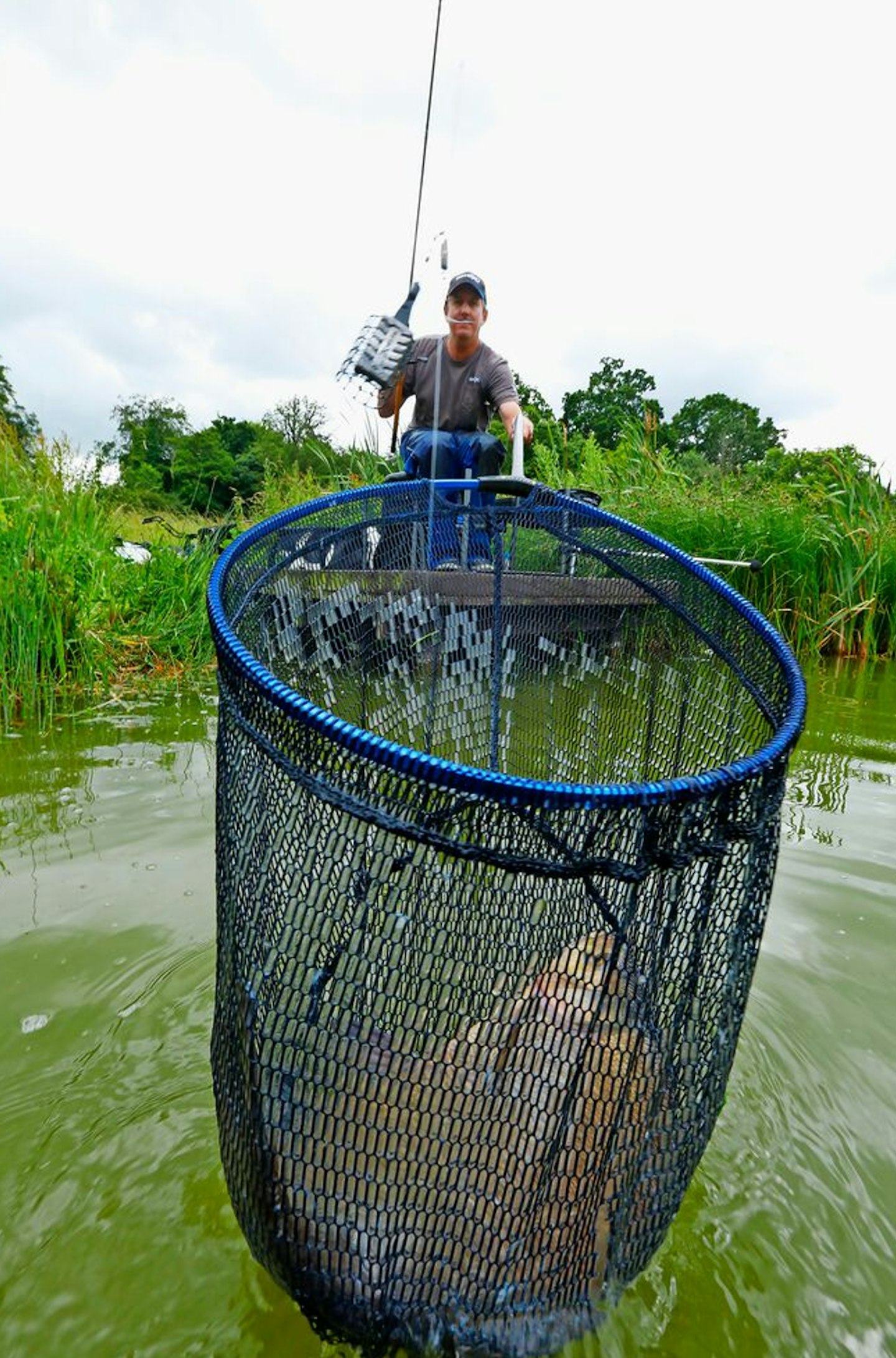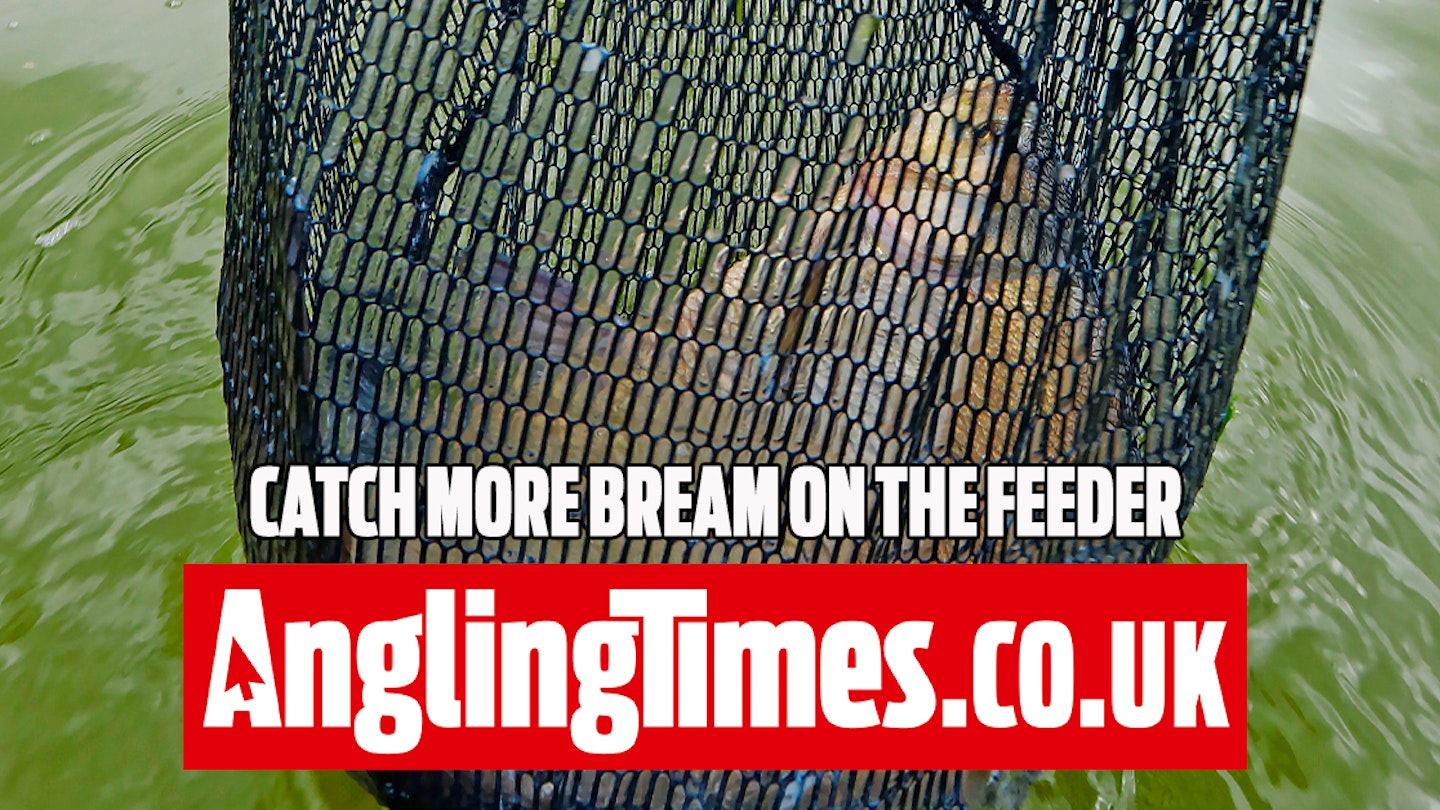Warming days make big bream a viable target. To catch them, look no further than a well-honed feeder attack. Feeder fishing is not as easy as just lobbing it out there either, here's five brilliant tips which will help you make the most of this popular tactic.
NEED THE RIGHT TOOLS FOR THE JOB? CHECK OUT OUR GUIDE TO FEEDER RODS.
Hit the hotspot
It’s easy to run away with the idea that you need to cast a long way to catch big bream. This isn’t necessarily the case, and it all comes down to a bit of venue knowledge.
For bream, you should always be looking to fish at the maximum depth, and if this is found at just 30m or 40m, there’s no point going longer.
A good tip is to hold off casting at the start and see where the anglers either side of you are casting to. Then go in several metres past this so that you’re fishing your own patch of water that no one else is feeding or disturbing.
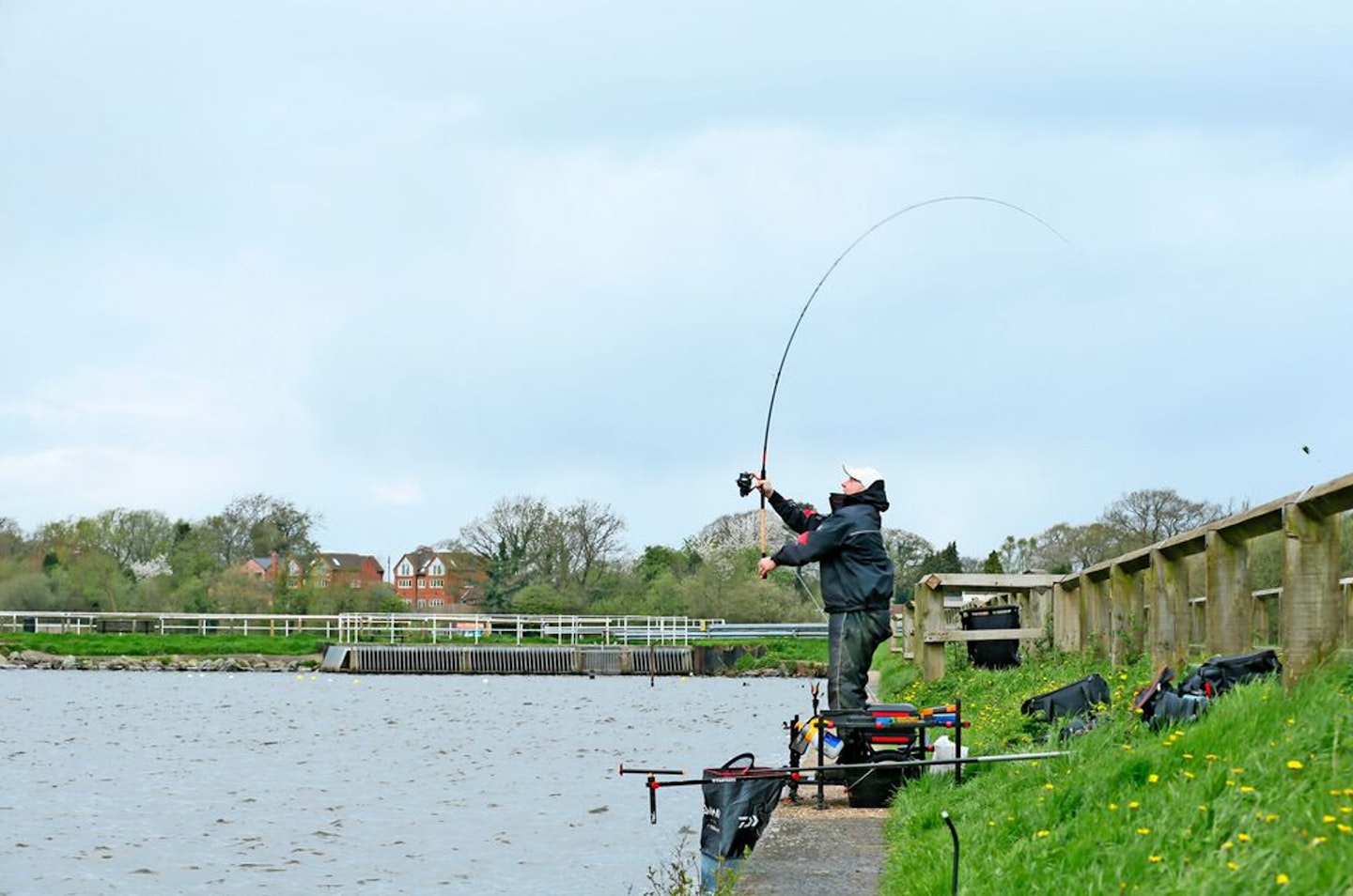
Gauge your feed
Relying on the bait in the feeder alone isn’t enough at this time of year. A hit of goodies at the start needs to go in, but how much? Using a large baiting feeder, give the fish as much as you think the peg needs by trying to work out the size of fish and how many you’re likely to catch.
Around half-a-dozen feeders is a sensible opening barrage, but go easy on the particles to start with until you can work out how the fish are reacting to the feed. If you’re getting bites quickly and catching well, more can be added, but if it’s a bit of a struggle, ease off on the particles.

Find a bait that works for you
Once you begin catching, it makes no sense to change what’s on the hook – worms are a particularly good bait, fished as a pair, or four dead red maggots. To begin with, though, experiment a little until you find the best bait. This could mean starting on maggots, but then trying a piece of corn, a pellet, a smaller worm section or even a wafter.
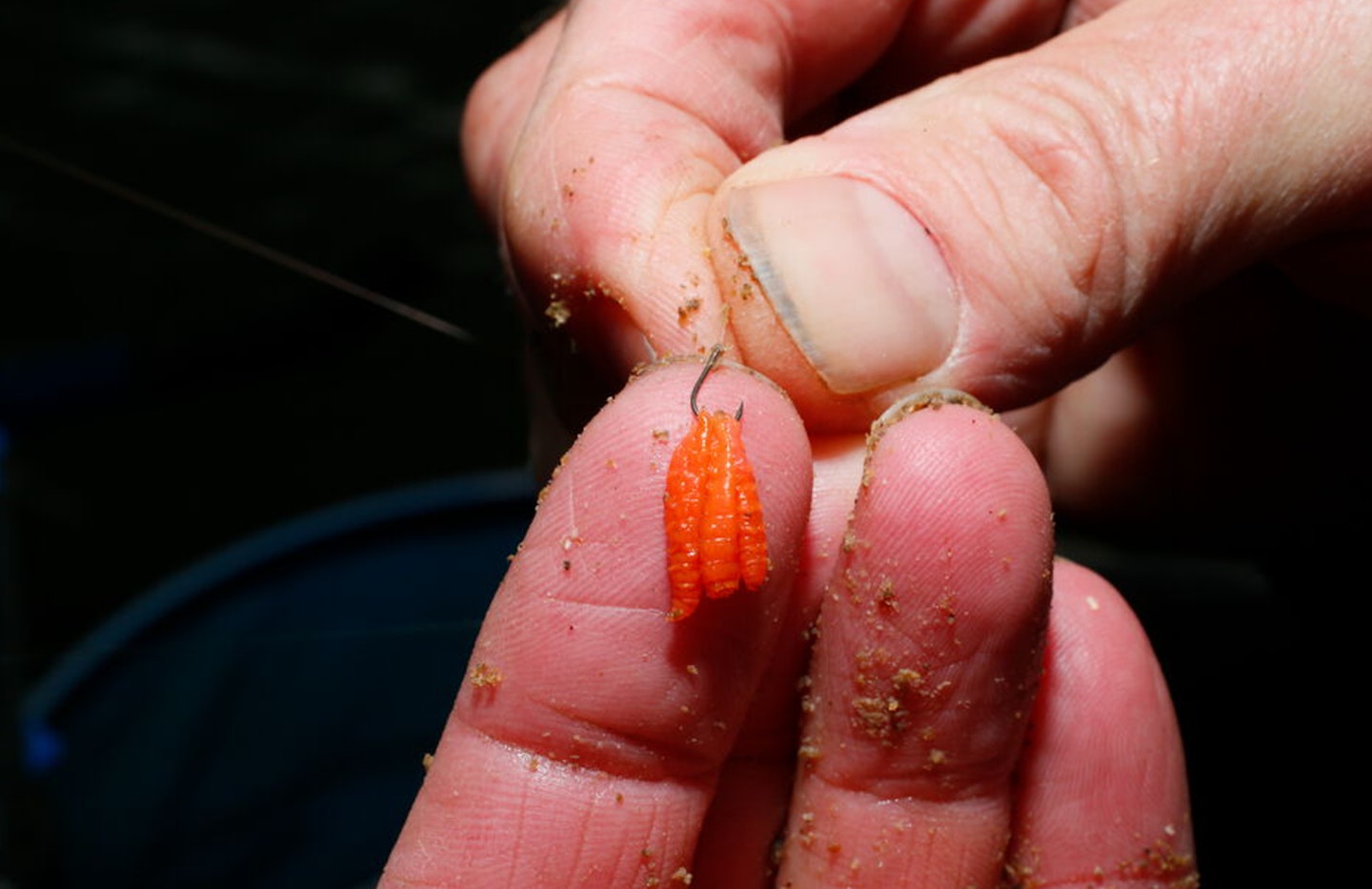
Big feeders to beat the wind
It’s critical that you choose a feeder that can punch through any wind and hold its line of flight on the cast.
Leave traditional style open-end feeders in the box and turn to something with the weight at the bottom, such as a window or bullet feeder. These have all the weight concentrated in a ball at the base, which carries the feeder through the air, making casting that much easier. Don’t hesitate to use a 60g feeder on big venues.
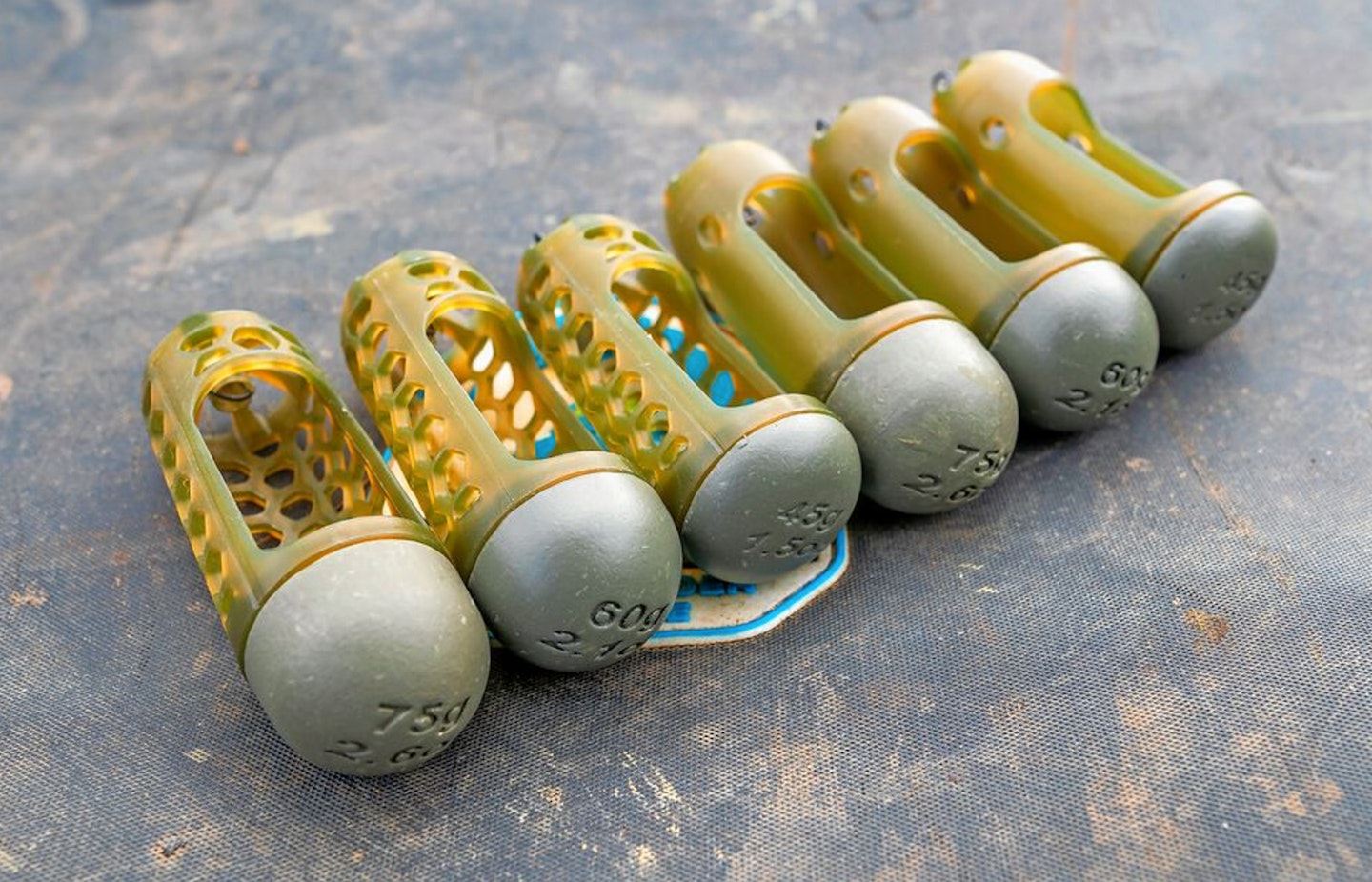
Vary the length of the hooklink
It’s widely agreed that around 18ins is the best length of hooklink to begin with, but changes need to be made if you’re missing bites or not getting any!
If you get an indication on the tip, or hook fish as soon as the feeder hits bottom, shorten the hooklength to less than 12ins, putting the bait a lot closer to the feeder and the fish.
The opposite applies if you’re only getting the odd knock that doesn’t translate into bites – then, go longer to as much as 3ft.
